
Anna Howard Shaw was a leader of the women's suffrage movement in the United States. She was also a physician and one of the first ordained female Methodist ministers in the United States.
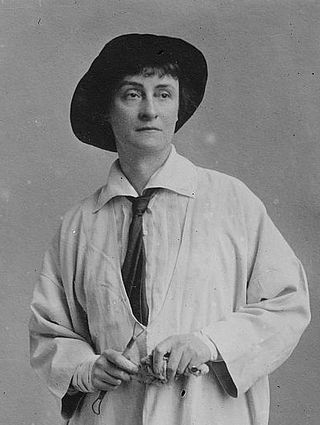
Janet Scudder, born Netta Deweze Frazee Scudder, was an American sculptor and painter from Terre Haute, Indiana, who is best known for her memorial sculptures, bas-relief portraiture, and portrait medallions, as well as her garden sculptures and fountains. Her first major commission was the design for the seal of the New York Bar Association around 1896. Scudder's Frog Fountain (1901) led to the series of sculptures and fountains for which she is best known. Later commissions included a Congressional Gold Medal honoring Domício da Gama and a commemorative medal for Indiana's centennial in 1916. Scudder also displayed her work at numerous national and international exhibitions in the United States and in Europe from the late 1890s to the late 1930s. Scudder's autobiography, Modeling My Life, was published in 1925.
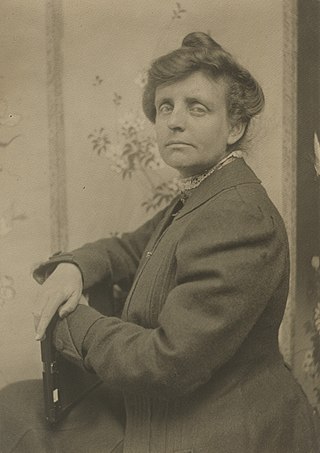
Frances Benjamin Johnston was an early American photographer and photojournalist whose career lasted for almost half a century. She is most known for her portraits, images of southern architecture, and various photographic series featuring African Americans and Native Americans at the turn of the twentieth century.

Mary Burnett Talbert was an American orator, activist, suffragist and reformer. In 2005, Talbert was inducted into the National Women's Hall of Fame.
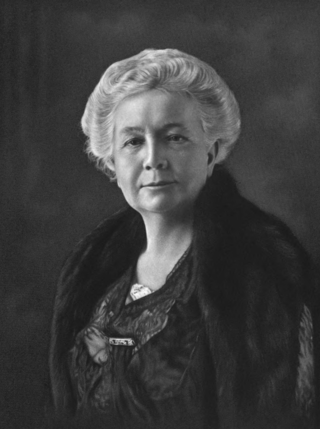
Anna Sutherland Bissell (1846–1934) was a Canadian-American businesswoman who was the first female CEO in the United States. She was CEO of Bissell, known for its carpet sweepers and vacuum cleaners.
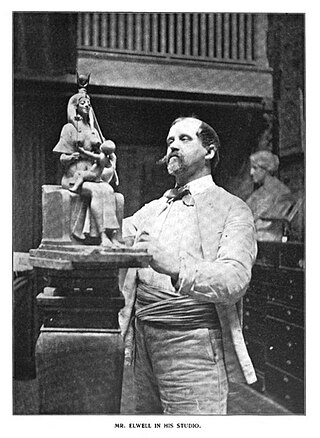
Francis Edwin Elwell was an American sculptor, teacher, and author.

May Wright Sewall was an American reformer, who was known for her service to the causes of education, women's rights, and world peace. She was born in Greenfield, Milwaukee County, Wisconsin. Sewall served as chairman of the National Woman Suffrage Association's executive committee from 1882 to 1890, and was the organization's first recording secretary. She also served as president of the National Council of Women of the United States from 1897 to 1899, and president of the International Council of Women from 1899 to 1904. In addition, she helped organize the General Federation of Women's Clubs, and served as its first vice-president. Sewall was also an organizer of the World's Congress of Representative Women, which was held in conjunction with the World's Columbian Exposition in Chicago in 1893. U.S. President William McKinley appointed her as a U.S. representative of women to the Exposition Universelle (1900) in Paris.

Henry Joseph Richter was a German-born prelate of the Roman Catholic Church. He served as the first bishop of the new Diocese of Grand Rapids in Michigan from 1883 until his death in 1916.
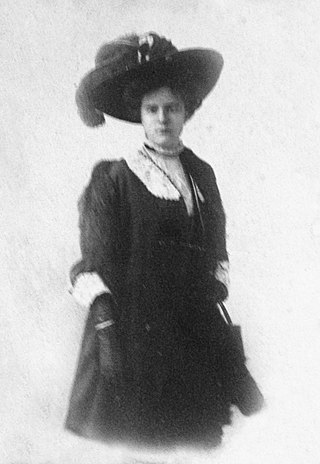
Alice Brown Chittenden was an American painter based in San Francisco, California who specialized in flowers, portraits, and landscapes. Her life's work was a collection of botanicals depicting California wildflowers, for which she is renowned and received gold and silver medals at expositions. She taught at the Mark Hopkins Institute of Art from 1897 to 1941.
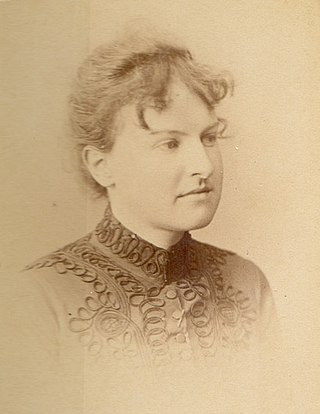
Anna Huntington Stanley was an American Impressionist artist.

Elizabeth Okie Paxton (1878–1972) was an American painter, married to another artist William McGregor Paxton (1869–1941). The Paxtons were part of the Boston School, a prominent group of artists known for works of beautiful interiors, landscapes, and portraits of their wealthy patrons. Her paintings were widely exhibited and sold well.

Marion Boyd Allen was an American painter, known for her portraits and landscapes.

Eva McCall Hamilton was an American politician from the state of Michigan. A Republican, she was Michigan's first woman to be elected to the Michigan Legislature and served as a State Senator from 1921 to 1922. Hamilton was a teacher from Grand Rapids.

Cecile de Wentworth was an American portrait artist who resided in France and painted influential figures.
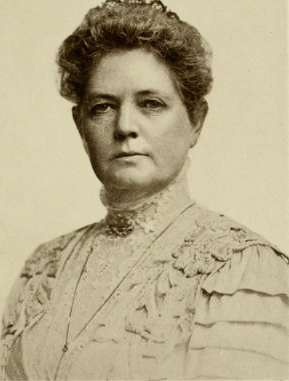
Eva Perry Moore was an American clubwoman based in St. Louis, president of the General Federation of Women's Clubs and the National Council of Women.

Mary Virginia Donaghe McClurg was Regent-General of National Colorado Cliff Dwellings Association, one of the first white women to view the prehistoric cliff dwellings near Mesa Verde. The Mesa Verde National Park has been called the "Women's Park" because its creation was due almost solely to the work of two women, Virginia Donaghe McClurg and Lucy Peabody.
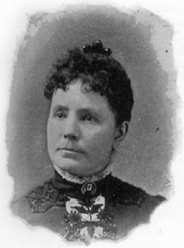
Emily Burton Ketcham was an American suffragist.
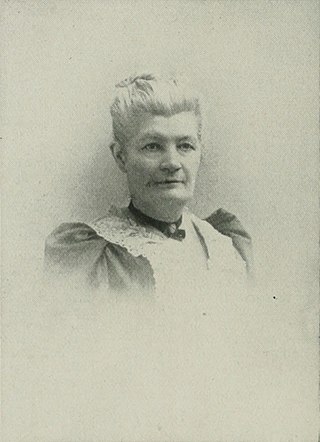
Emily Maria Scott was an American artist. The New York Watercolor Club, and the Pen and Brush Club were formed in her studio. She was also a writer of magazine articles. She served as president of the National Association of Women Painters and Sculptors, vice president New York Water Color Club, and was a member of the Pen and Brush Club, the American Water Color Society, the New York Women's Art Club, and the National Arts Club."
Adeline Albright Wigand (1852-1944) was an American painter. She was one of the first presidents of the National Association of Women Artists. She is known for her portrait paintings.
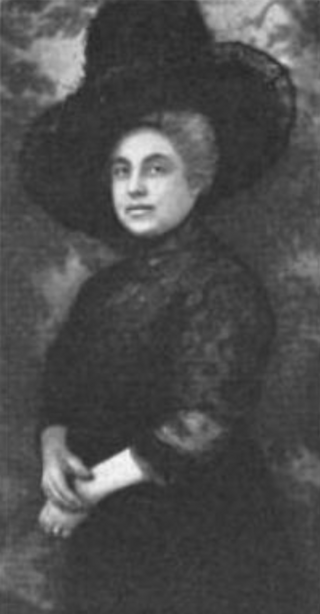
Mary Atwater Kelsey, usually known socially as Mrs. Charles B. Kelsey, was an American clubwoman. She served two terms as president of the National Federation of Music Clubs.



















